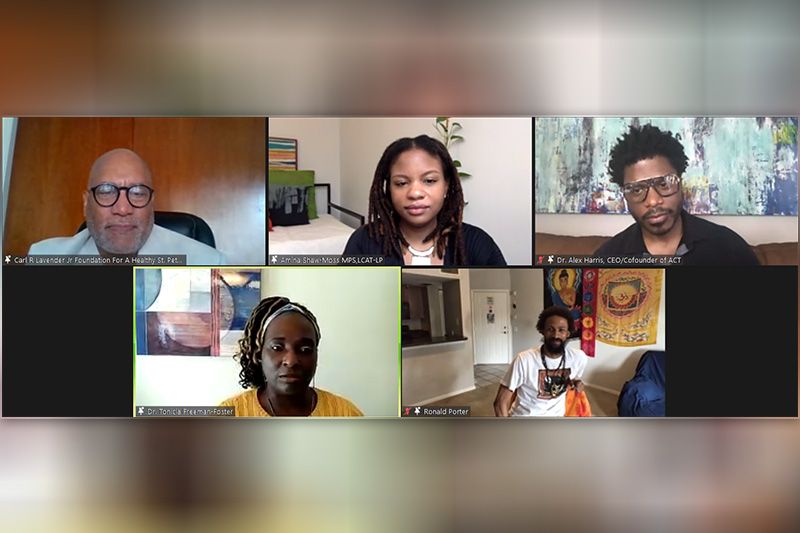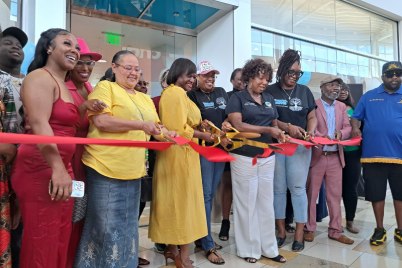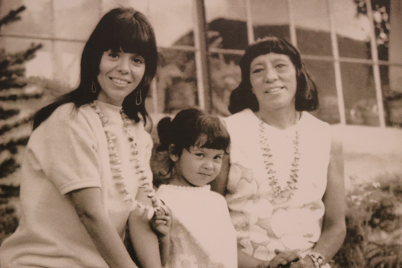Top row left, Carl Lavender, Foundation for a Healthy St. Petersburg, Psychotherapist Amina Shaw-Moss, ACT co-founder Dr. Alex Harris, bottom row left, Dr. Tonicia Freeman-Foster, Kusudi Consulting Group, and Ronald K. Porter, Ph.D., Eckerd College
BY J.A. JONES, Staff Writer
ST. PETERSBURG – The mental health and well-being of Americans has taken a hard hit in the last few years, according to the Centers for Disease Control (CDC). A recent study completed by 5,400 interviewees revealed more than a third were experiencing anxiety or depression in the months following the onset of the pandemic.
Nearly another third of subjects experienced post-traumatic-distress type disorders, and 13 percent of those surveyed admitted they had begun or increased their level of substance abuse. Almost 11 percent of respondents said they had considered suicide during the previous four weeks. Meanwhile, teen suicide numbers have been increasing for more than a decade.
Addressing the mental health climate calls for a variety of solutions. On Wednesday, March 31, local and national educators, counselors and advocates took part in a virtual symposium to discuss how arts and art therapy can improve mental health.
Local practitioners included Dr. Alex Harris, the co-founder of Arts Conservatory for Teens (ACT); Ronald K. Porter, Ph.D., director of Service-Learning at Eckerd College and yoga instructor at Metro Inclusive Health, and Dr. Tonicia Freeman-Foster, CDP, CHES, co-founder and principal consultant with Kusudi Consulting Group.
New York City practitioner Amina Shaw-Moss, LCAT-LP, MPS, a creative psychotherapist at Third Hand Healing, also joined the symposium, which was moderated by Carl Lavender of the Foundation for a Healthy St. Petersburg.
Harris began the event by noting that while most people realize the importance of our mental well-being, in African American and Latino/Spanish-language-speaking communities, the subject of mental health was often not appropriately addressed.
“This conversation is very important to me as an artist, as an educator, as a person, as a humanitarian, and as an African-American male because in the African-American community, among males, this subject matter has been not really been a part of the conversation. We are not — it is not – celebrated … to express our emotions,” Harris asserted.
He shared that the “hard questions” not dealt with are often internalized, leading to anger – questions such as, “Why dad may not be present or why mom left,” and other questions around loss.
Harris added that an inability to articulate or understand internalized trauma also stemmed from the lack of “equitable access to the knowledge that can help us to understand our own place in history.”
A psychotherapist working within BIPOC (Black, Indigenous, People of Color) communities and particularly youth, Shaw-Moss said part of her practice was making sure her clients are “not getting in their own way in terms of self-expression.”
“We are creative people, and we’ve been creative people,” she shared. “I think that it’s important that we continue to use our creativity to express ourselves. And in terms of mental health, it’s critical that we talk about how visual arts or music or dance or drama, allows for self-expression — but also allows for things like brain development, for regulating our emotions, and having conversations to articulate what’s happening internally.”
Porter, a yoga instructor and college professor, stressed that it’s vital to understand “artistry” in terms of the many practices people do with attention, focus, and intention – and included teaching and engaging in yoga as art forms he personally engaged in and shared.
“We’re not only dealing with the trauma of this past year and the plague, we’re dealing with the trauma of leaders in power who have sown poison across the land through vitriol. We are in a civilization of trauma; we’ve dealt with a very violent past gets into the body.”
Porter asserted that moving past this trauma isn’t something that can be solved simply through the mind or education. “We have to move through the body and really get into a parasympathetic state, that rest and digest state, so that we can be creative.”
He noted that “the times call for healers” due to the intense harm done to so many people. “That’s what I do in my work; I work with the energetic body. And when I think about mental wellness, I think about joy, and how you practice joy and bring that creativity into the world, and say, as James Baldwin said, ‘yes to life.’”
Lavender acknowledged that during the current trial of Derek Chauvin, the police officer who killed George Floyd, “We are reliving that moment; it is a powerful moment for us to have that process again, and the need for behavioral health guidance here is critical.”
Freeman-Foster, certified health education specialist and former project director for the Florida Healthy Transitions youth and mental health program, views art as a platform for young people to express themselves, whether through spoken word and poetry or through silent practices like drumming and painting.
“From the programs that we’ve had and the young people that we spoke with, art gives them their voice; art gives them a platform where they’re able to communicate things that they may not be able to communicate to people because of fear of being stigmatized — or fear of being locked up in a crisis unit because they share things that they are thinking about,” Freeman-Foster asserted.
She feels it is incumbent upon educators, stakeholders, counselors, and practitioners to include art in their mental wellness toolkit and work to ensure there was flexible funding to support art as a modality to ensure people’s well-being and healing.
Lavender referred to the uptick in disciplining children and youth who were expressing themselves in ways that were deemed as “behavioral issues” and asked Shaw-Moss what her thoughts were on the issue.
Shaw-Moss noted that while teachers are trying their best to manage classrooms, often students are going through various developmental stages. While teachers are trying to maintain the space and tell the students to sit down, “and don’t run around” — children learn through their bodies, through play, through creativity, and through expression, “so it’s very stifling to tell all these children not to do something.”
Understanding that teachers are overwhelmed and often don’t know what to do, it is her work, she said, to work with the students in individually tailored ways.
A passionate advocate for youth, Harris stated that as the curriculum at ACT continues to expand, the goal is to acknowledge and reflect that the focus for their young adults “shouldn’t be confined to one idea of just stroking a brush, or writing a song or a poem, or learning an instrument … but it’s the art of living; it’s the art of health and wellness.”
To reach J.A. Jones, email jjones@theweeklychallenger.com








